Horror has always had a home in the way we tell stories. From the aswang tales passed around during brownouts to the ghost stories that make you think twice about walking alone at night, it has long been part of our everyday language. A growing wave of Filipino developers is taking that same instinct for scares and shaping it into Filipino horror games that reach both local players and audiences abroad.
These games go beyond jump scares and eerie backdrops. They carry pieces of our culture, our humor, and our fears, reshaped into something that feels both familiar and new. Seeing them appear on platforms like Steam or get talked about by gamers overseas feels like watching the neighborhood kid grow up to play in the big leagues. There is pride in that, and also the excitement of knowing more is on the way.
Here’s a look at some Filipino-made horror games that highlight how far local talent has come and why they’re worth adding to your list.
Filipino Horror Games on Steam You Should Try
Casa Caballero (Pananong Games, 2025)
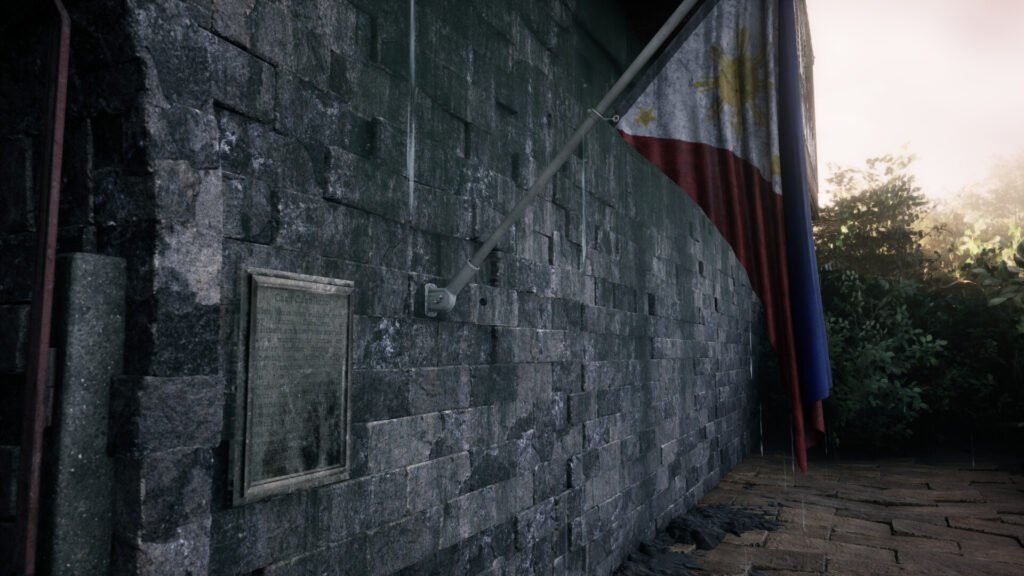
Old houses carry their own kind of tension, and Casa Caballero leans fully into that weight. The game takes place inside a sprawling bahay-na-bato, with hallways that feel too long and silence that lingers a little too long. Every step across its wooden floors is slow, not because of mechanics, but because you feel like rushing would wake something hidden inside. The horror here works because it is rooted in a place many Filipinos recognize, turning a familiar home into a stage for fear. Instead of jump scares, it relies on atmosphere, and that atmosphere sticks with you long after the doors close.
Left Behind (Solitary Studios, 2024)
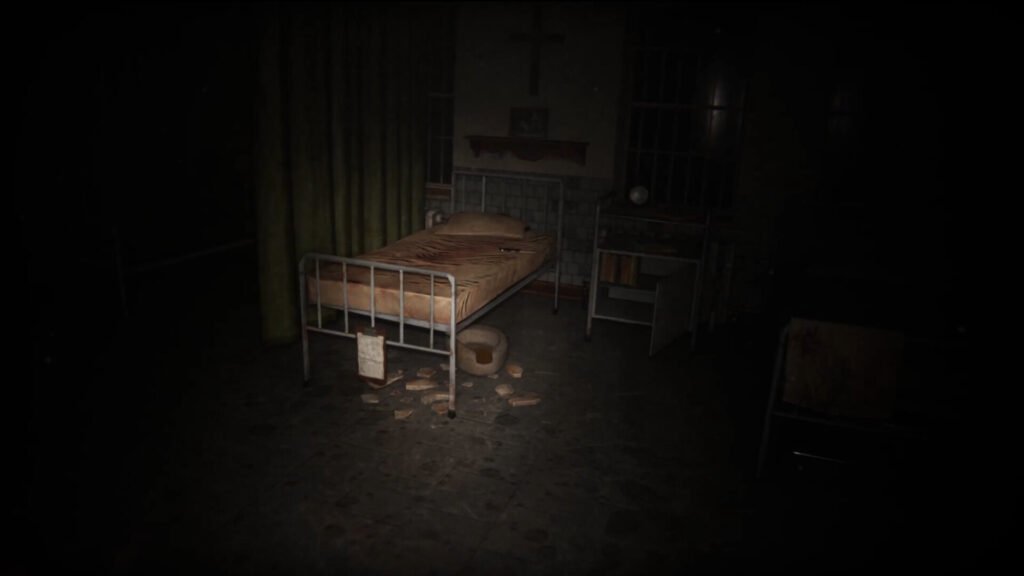
Developed by Solitary Studios, Left Behind places you inside a house that appears ordinary at first glance but begins to feel different the longer you stay. The rooms look clean and lived in, and there’s a stillness that doesn’t sit right. You move carefully, noticing how every sound echoes a little too clearly, as if the house is waiting for you to speak.
Through its use of voice detection, the game listens to you, responding in ways that make the silence heavier. You stop to catch your breath, realizing that even a whisper might change how the space reacts. Each moment stretches, and the unease comes from what isn’t seen rather than what jumps out.
With its deliberate pacing and quiet focus, Left Behind makes you feel like the house is studying you as much as you’re exploring it. It’s an experience that builds tension through presence alone, leaving you to wonder how long you’re willing to stay inside.
The Letter: Horror Visual Novel (Yangyang Mobile, 2017)
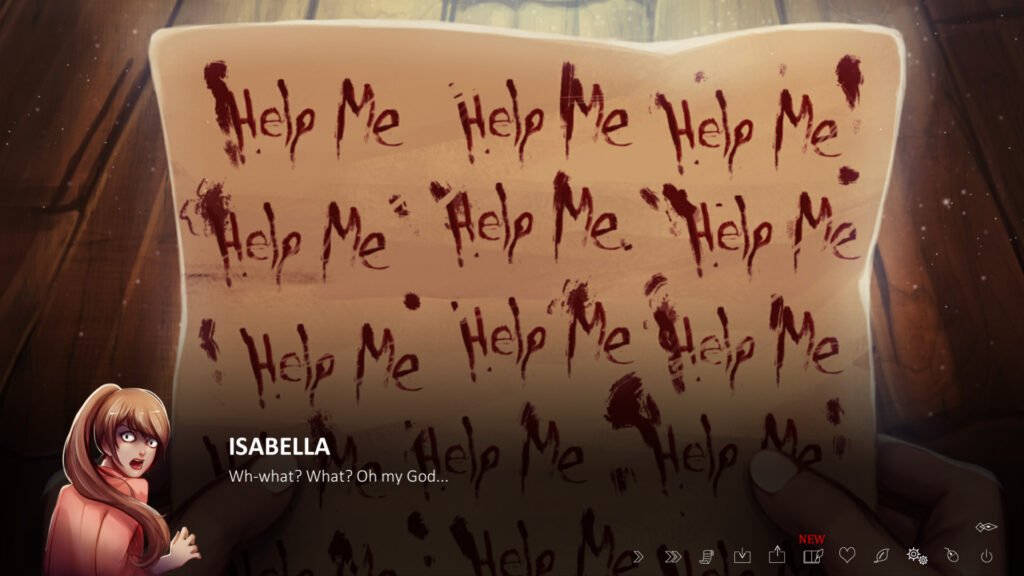
The Letter plays like a ghost story that refuses to end. Manila’s Yangyang Mobile released it in 2017, but its reputation has only grown because of how it handles choice. It tells the story of several characters whose lives become connected through a cursed letter. Every choice you make changes what happens next, and each path can lead to a completely different ending.
The tension builds through the decisions you make and the weight of seeing them play out. It’s easy to get attached to the characters, which makes every mistake feel personal. Since its release, The Letter has stayed popular among Filipino horror fans for its story, atmosphere, and the way it keeps players coming back to try again.
Saint Maker (Yangyang Mobile, 2023)
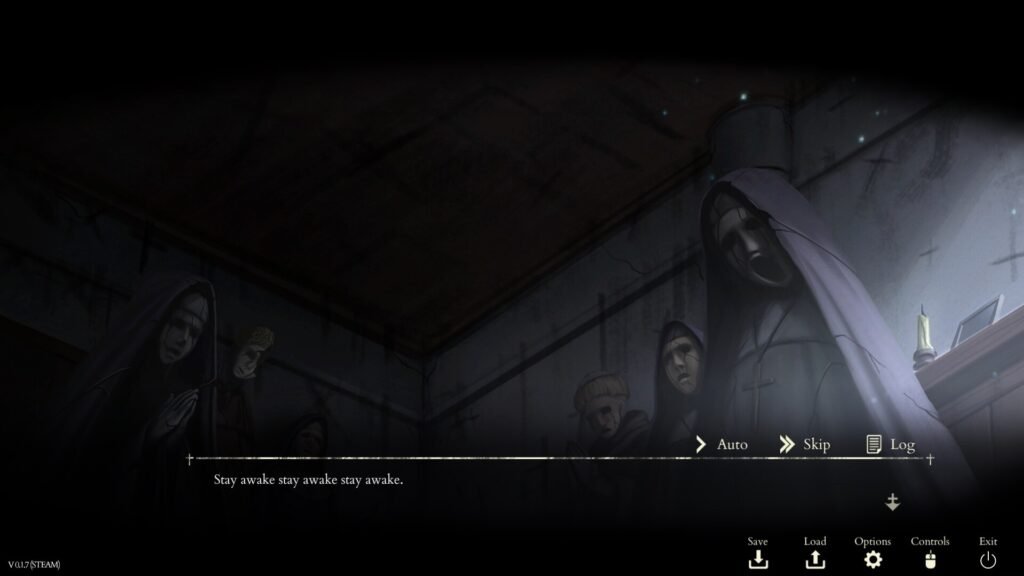
Where The Letter explores the sprawl of a ghost story, Saint Maker is a tighter, more intimate nightmare. The game takes place inside a convent, where silence is heavy and every prayer echoes in ways that feel unsettling. The story follows a girl who moves deeper into that stillness, and the further she goes, the more the dread grows. Yangyang Mobile crafts horror through atmosphere rather than spectacle, proving again that they know how to turn quiet moments into lasting fear. Short as it is, the impact lingers, and many players leave feeling like the walls of the convent followed them home.
Nightfall: Escape (Zeenoh, 2016)
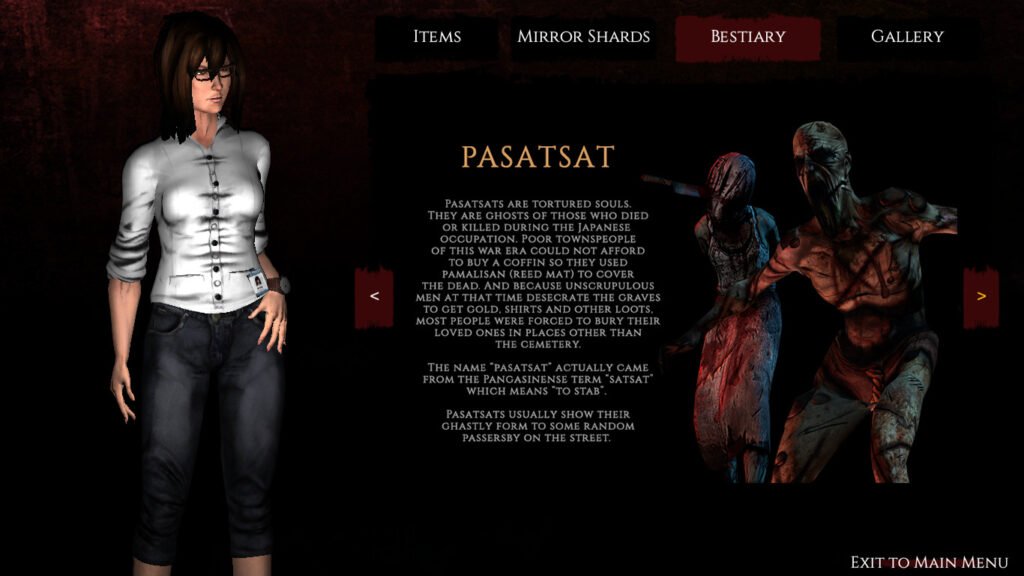
Nightfall: Escape stands as one of the earlier Filipino horror games to leave a mark. Zeenoh released it in 2016, putting players in the role of journalist Ara Cruz, who investigates a mansion filled with folklore made flesh. Encountering a manananggal is powerful enough in stories, but seeing it in motion inside a game is something else entirely. The mansion is heavy with atmosphere, and though the game shows its age, it still captures that childhood fear of creatures whispered about after dark. For many players, it was the first time they saw familiar myths take shape on screen, and that alone keeps it memorable.
Ahon (KenkoMa, Upcoming)
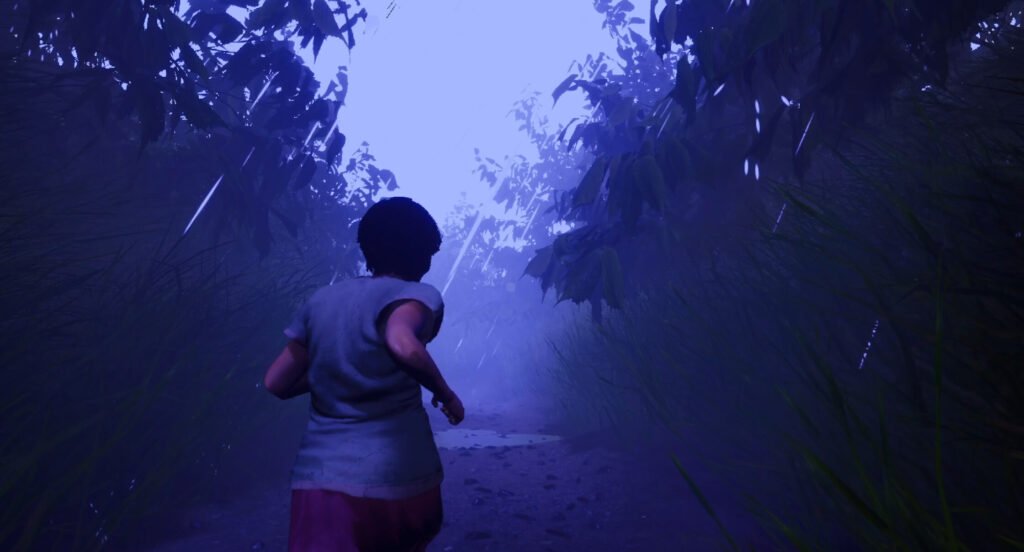
There is not much known about Ahon yet, but the idea behind it is enough to stir interest. Solo developer KenkoMa describes it as a survival horror game inspired by both history and present-day struggles in the Philippines. The Steam page offers only a glimpse, and that glimpse is enough to spark curiosity. It’s a project still in development, without a release date, but the ambition makes it stand out. Many are watching to see how it grows, and it may become one of the titles that pushes Filipino horror forward in the years to come.
Popular Filipino Horror Games from itch.io
Hapunan (Yikon, 2025)
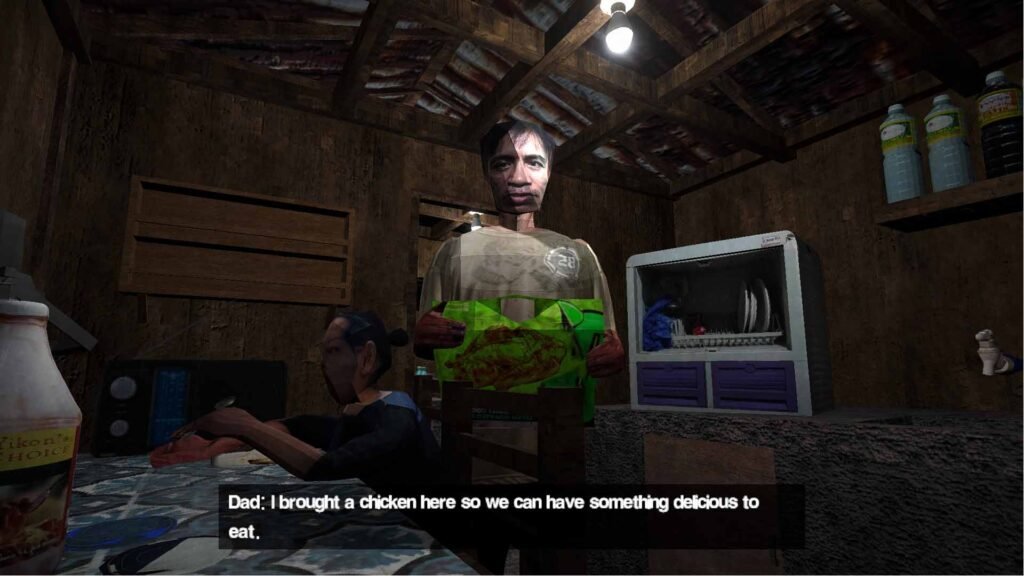
At first glance, Hapunan feels almost too ordinary to be a horror game. You follow a balut vendor through streets that look familiar, the kind of setting that could belong to any small town at night. Then the routine starts to slip, and the weight of the story presses in. The fear builds slowly, not through sudden shocks, but through the way normal life begins to feel unsafe. It’s an unsettling reminder of how thin the line can be between the comfort of everyday rhythms and the dread of something waiting to break them.
Don’t Sleep (Huwag Matulog) (Murushii, 2025)
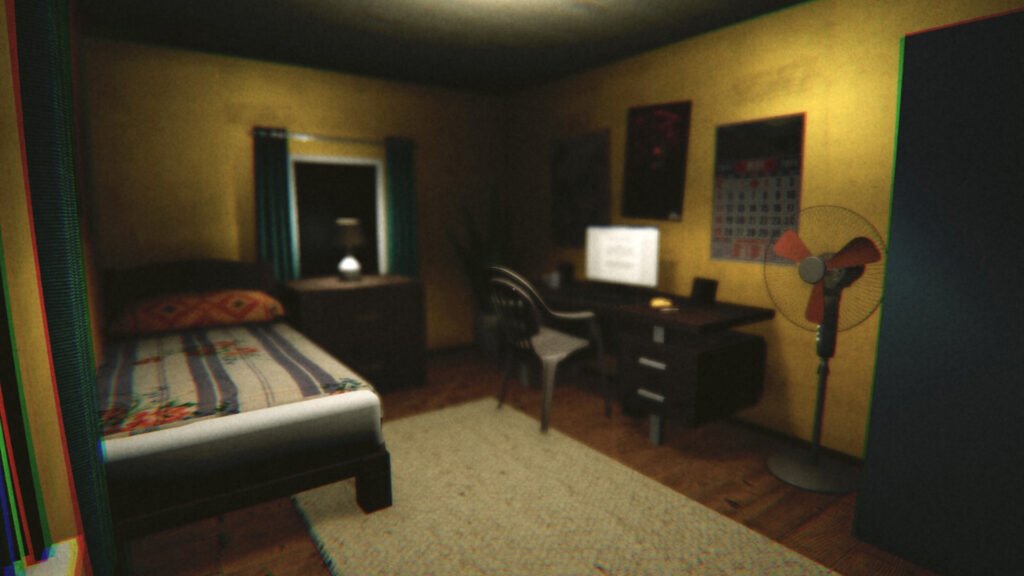
Don’t Sleep feels less like a game title and more like a warning whispered before bed. This interactive fiction draws you into a story that keeps changing shape the deeper you go, every passage folding into the next as if the text were breathing on its own. Written in both Tagalog and English, it speaks in a voice that feels familiar and close, one that carries the rhythm of late-night conversations you shouldn’t be having.
The game avoids spectacle in favor of slow-building tension. Each decision feels small at first, yet every turn adds another layer of uncertainty until you start to question what part of the story still belongs to you. Its simplicity makes the experience striking, and when the final words fade, the echo of that warning—don’t sleep—stays with you long after you close the page.
Looking Ahead
Filipino horror games hit differently because they feel close to home. The stories, the humor, and the little details remind us of things we have seen or heard growing up. Whether it is a familiar superstition or a sound that makes us stop for a moment, there is always that feeling of “alam ko ’yan.”
It feels good to see local games gaining attention, not only for their scares but for the way they capture something we all recognize. The Letter, Hapunan, and Casa Caballero each show how much the community has grown and how much more we can create when we keep telling stories in our own way.
There is pride in that, along with the excitement of knowing more is on the way. These games remind the world how rich our stories are and how deeply they stay with those who experience them.
Follow Blooing on Facebook, YouTube, and TikTok for more Game news and reviews.












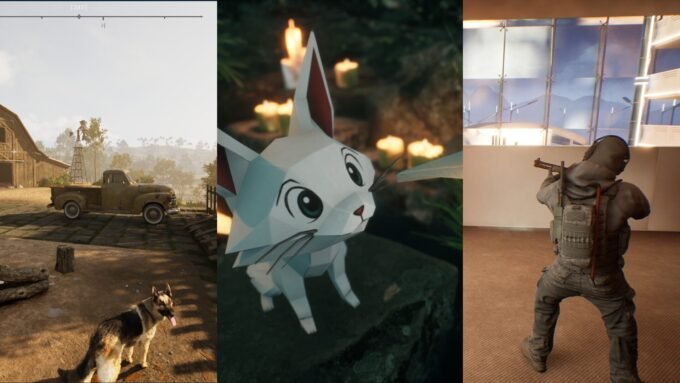
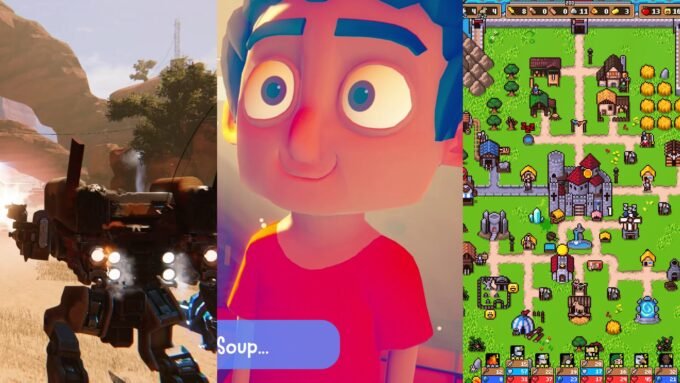
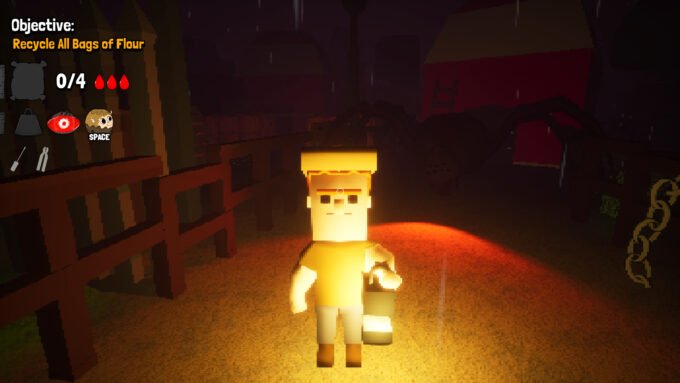


Leave a comment